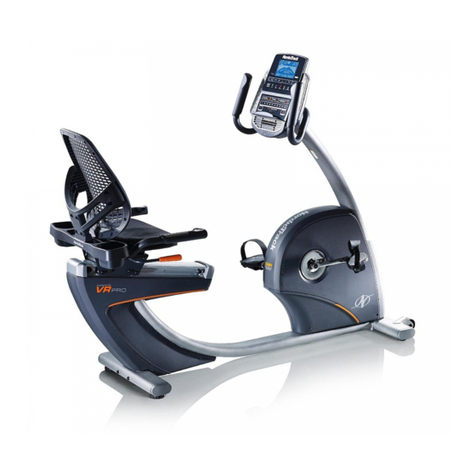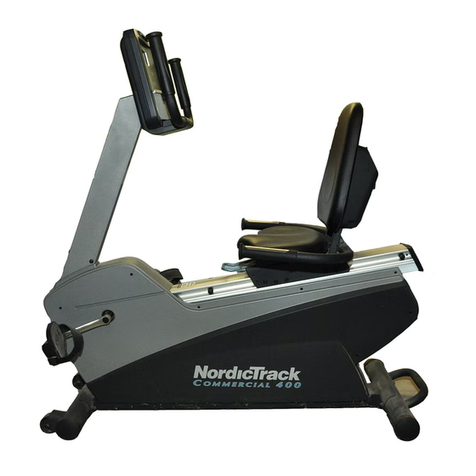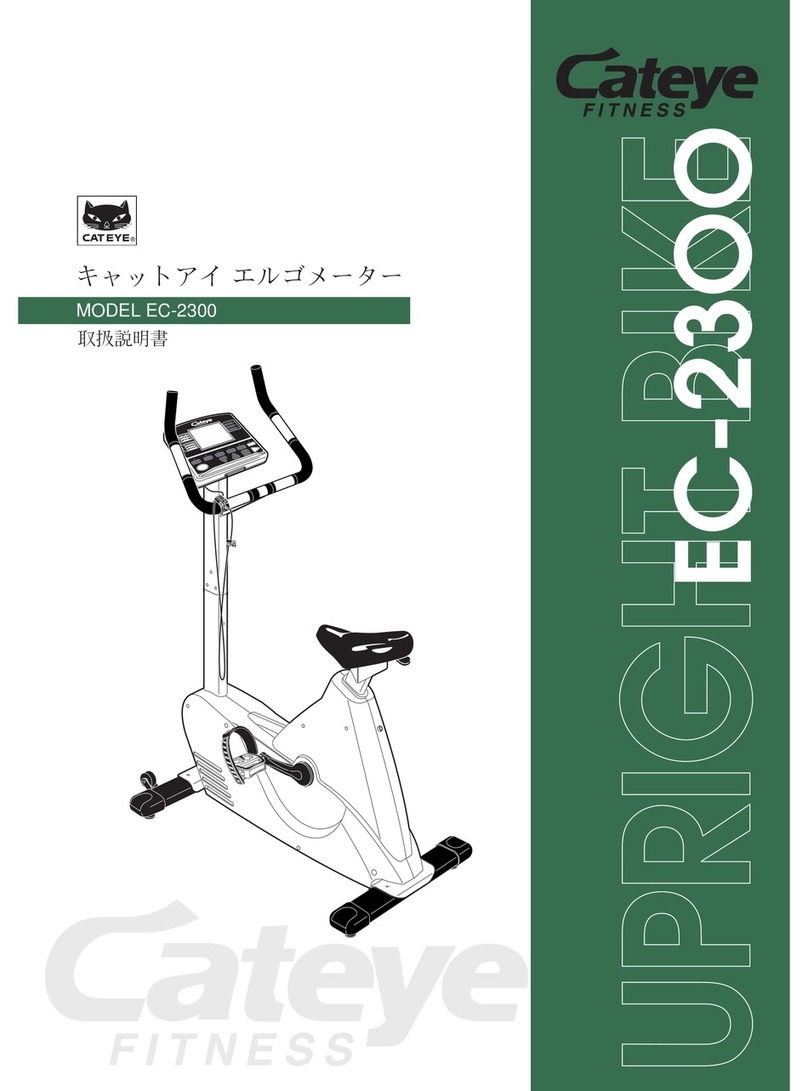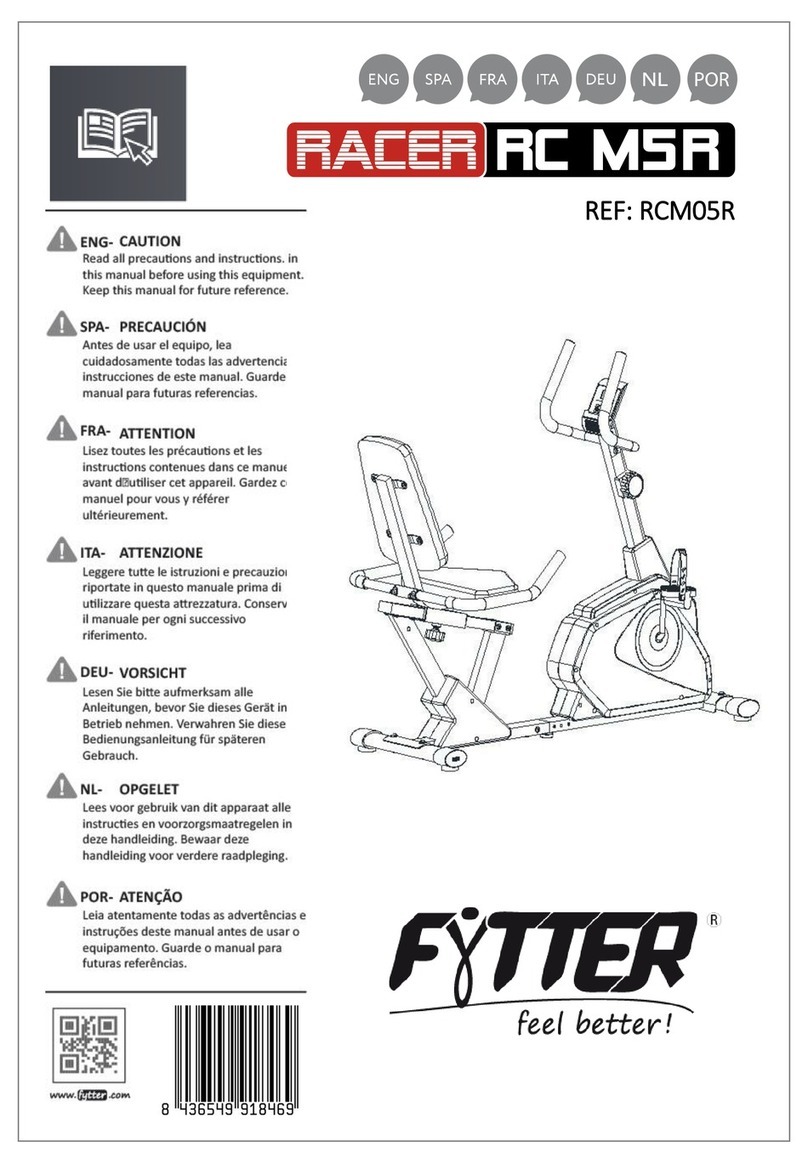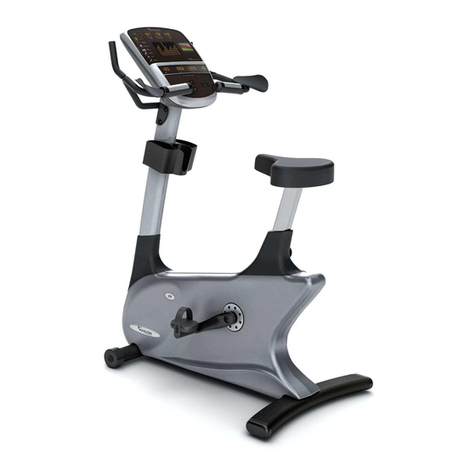NordicTrack NTC69022 User manual
Other NordicTrack Exercise Bike manuals
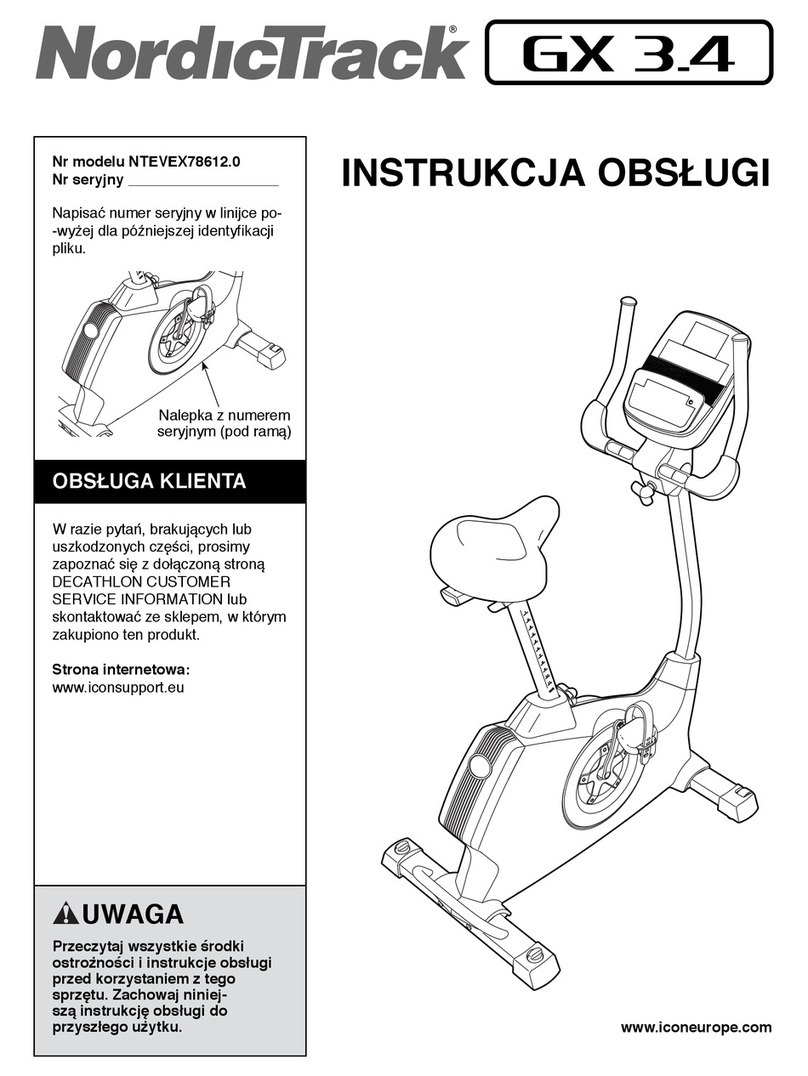
NordicTrack
NordicTrack Gx 3.4 Bike Reference guide
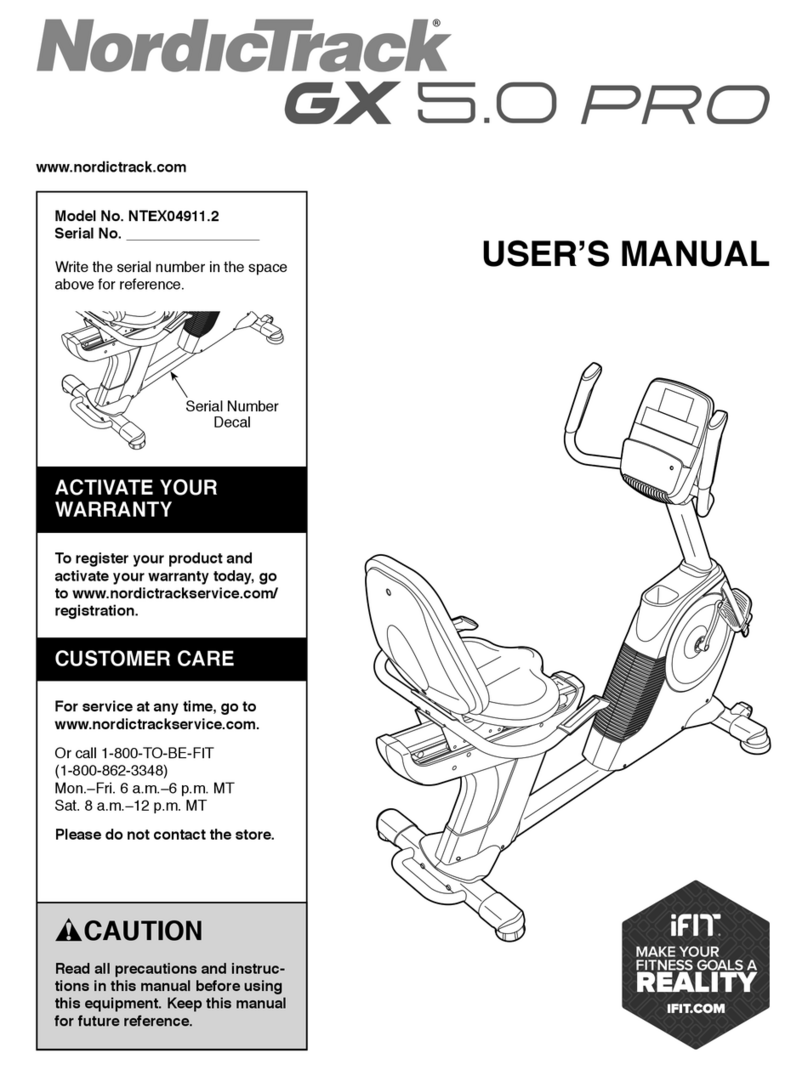
NordicTrack
NordicTrack NTEX04911.2 User manual

NordicTrack
NordicTrack C7 Zl Bike User manual
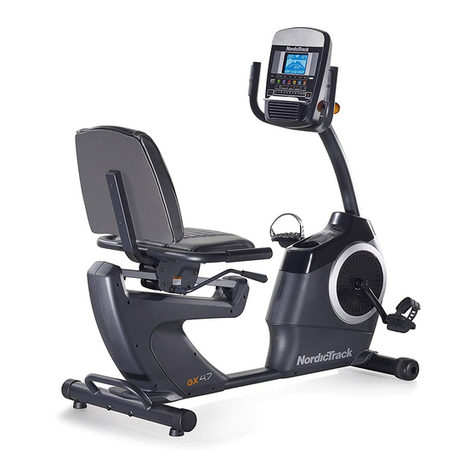
NordicTrack
NordicTrack Gx 4.7 Bike User manual

NordicTrack
NordicTrack Gx 3.1 Bike
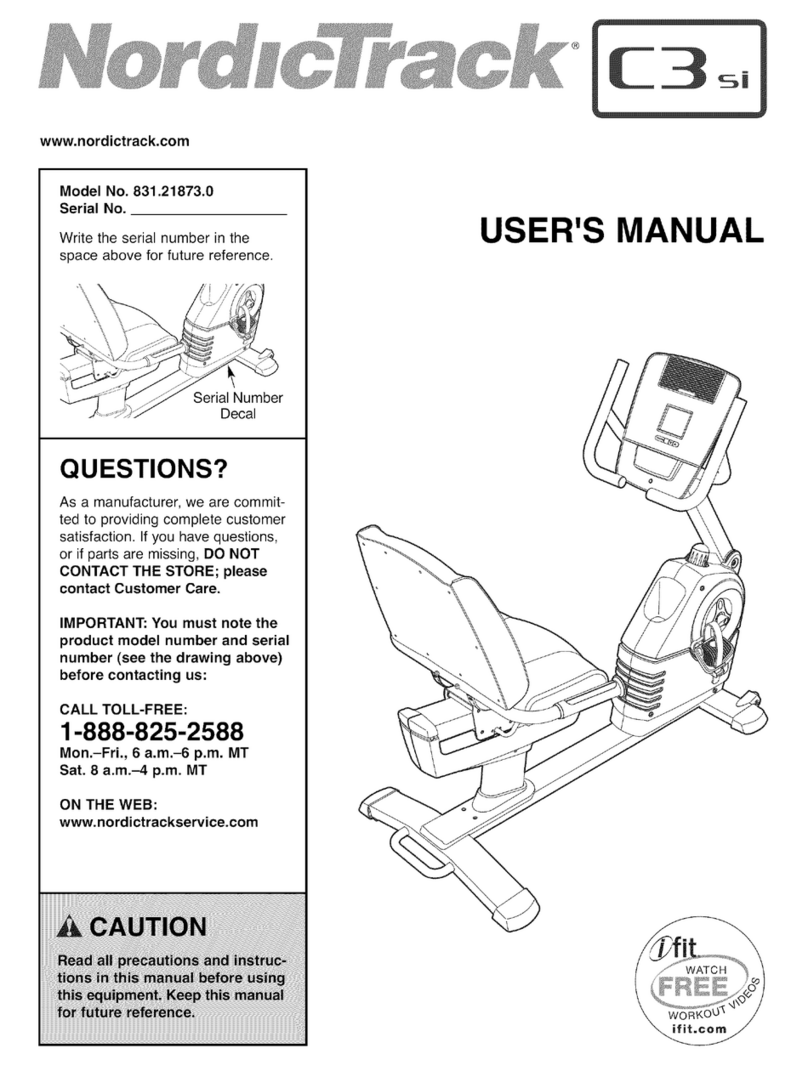
NordicTrack
NordicTrack C3SI 831.21873.0 User manual

NordicTrack
NordicTrack Sl850 Bike User guide
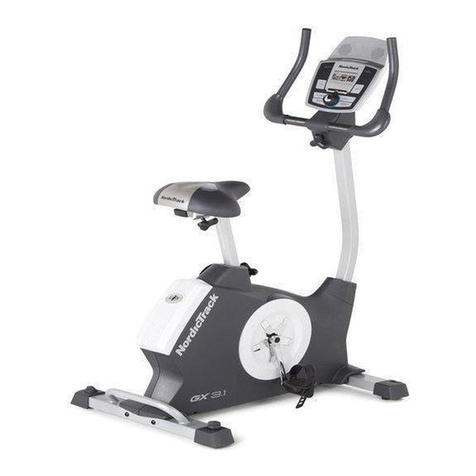
NordicTrack
NordicTrack Gx 3.1 Bike Configuration guide
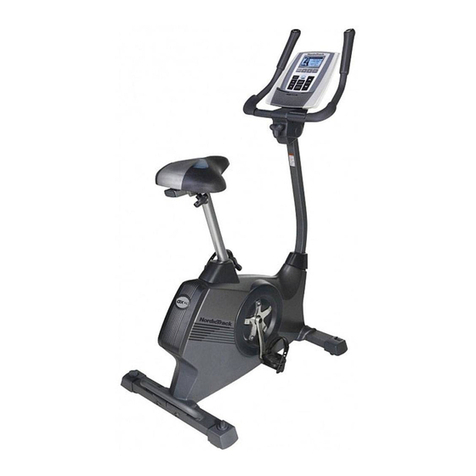
NordicTrack
NordicTrack GX 4.1 User manual

NordicTrack
NordicTrack Gx 3.1 Bike User manual
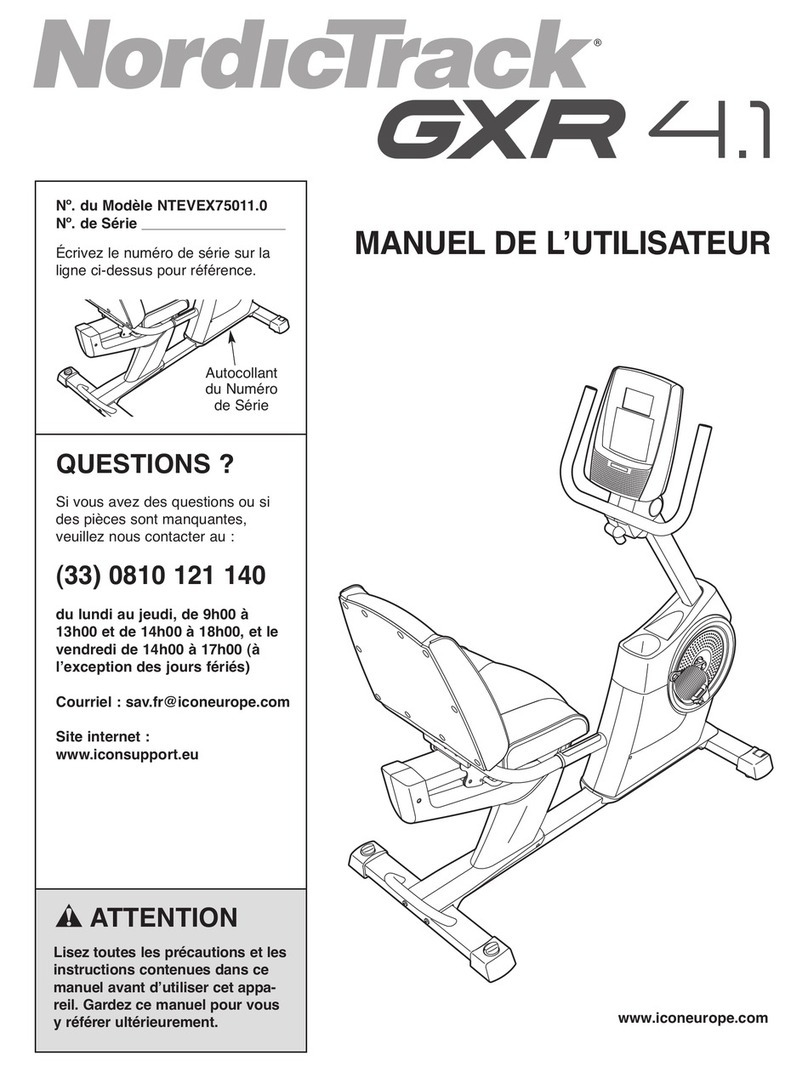
NordicTrack
NordicTrack Gxr4.1 Bike User manual
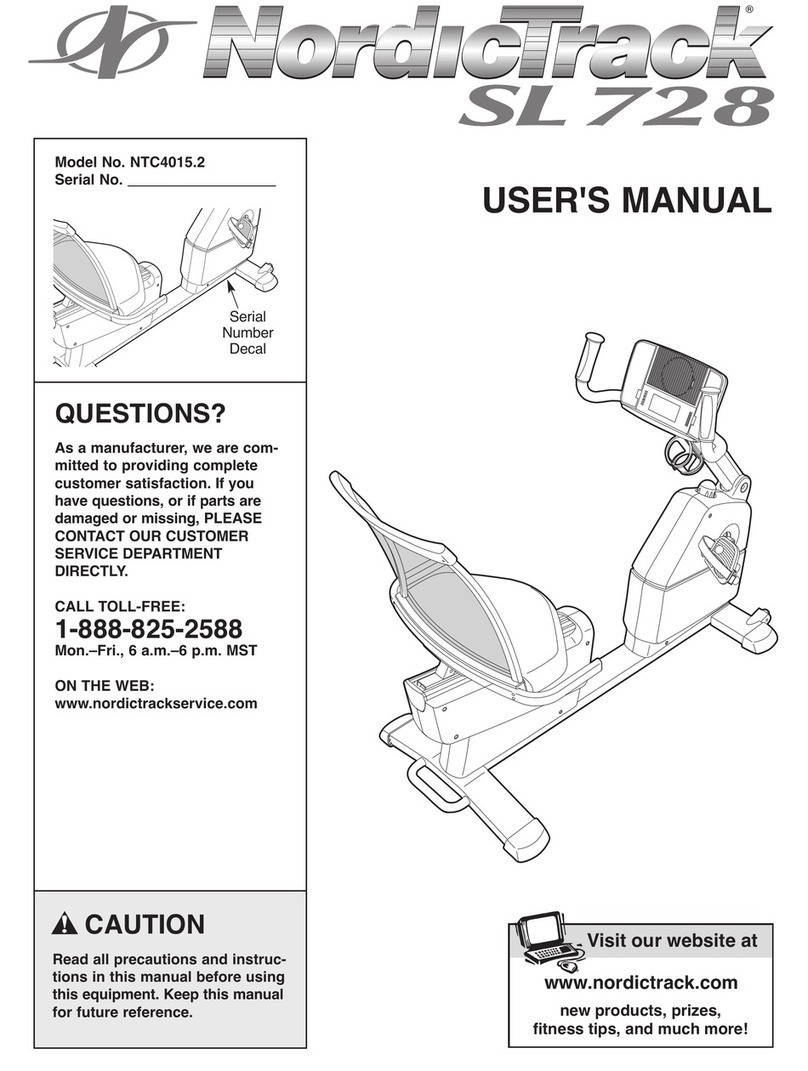
NordicTrack
NordicTrack NTC4015.2 User manual
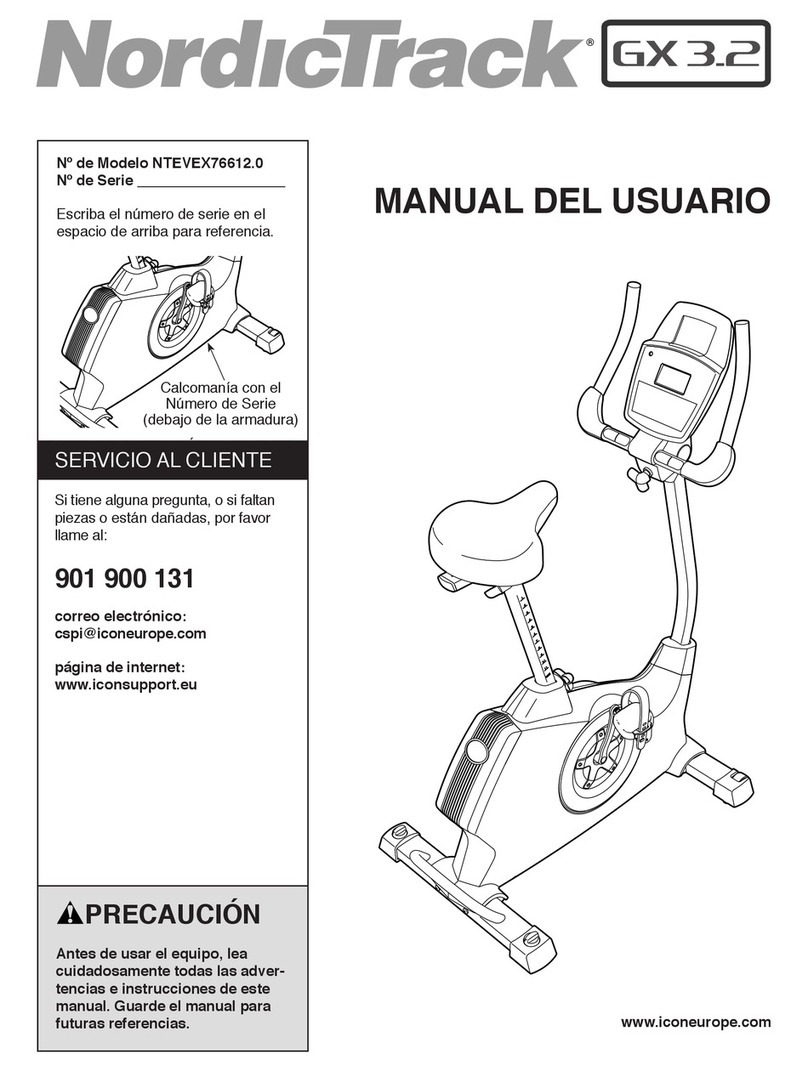
NordicTrack
NordicTrack Gx 3.2 Bike User guide
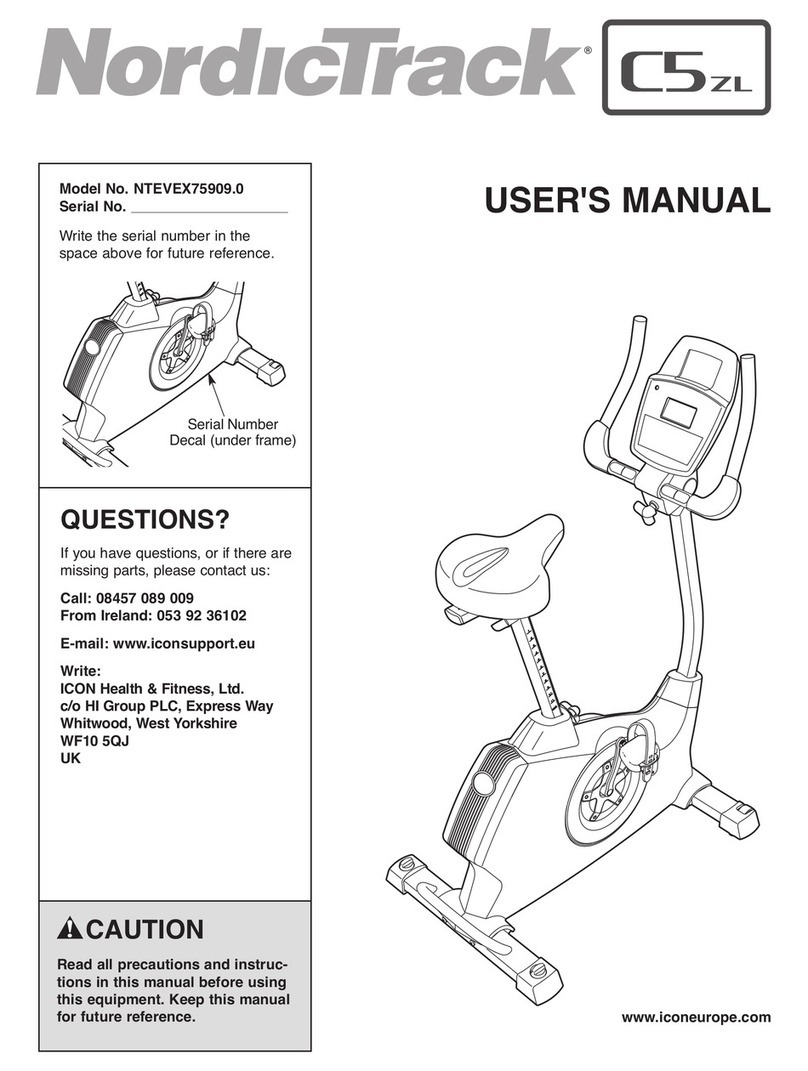
NordicTrack
NordicTrack C5 Zl Gw Bike User manual

NordicTrack
NordicTrack Gx 3.0 Gw Bike User manual
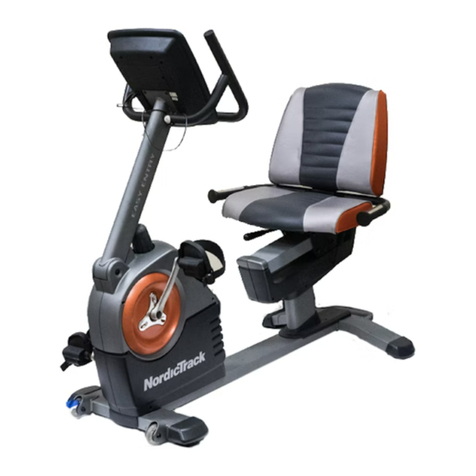
NordicTrack
NordicTrack C3 Si Bike User manual
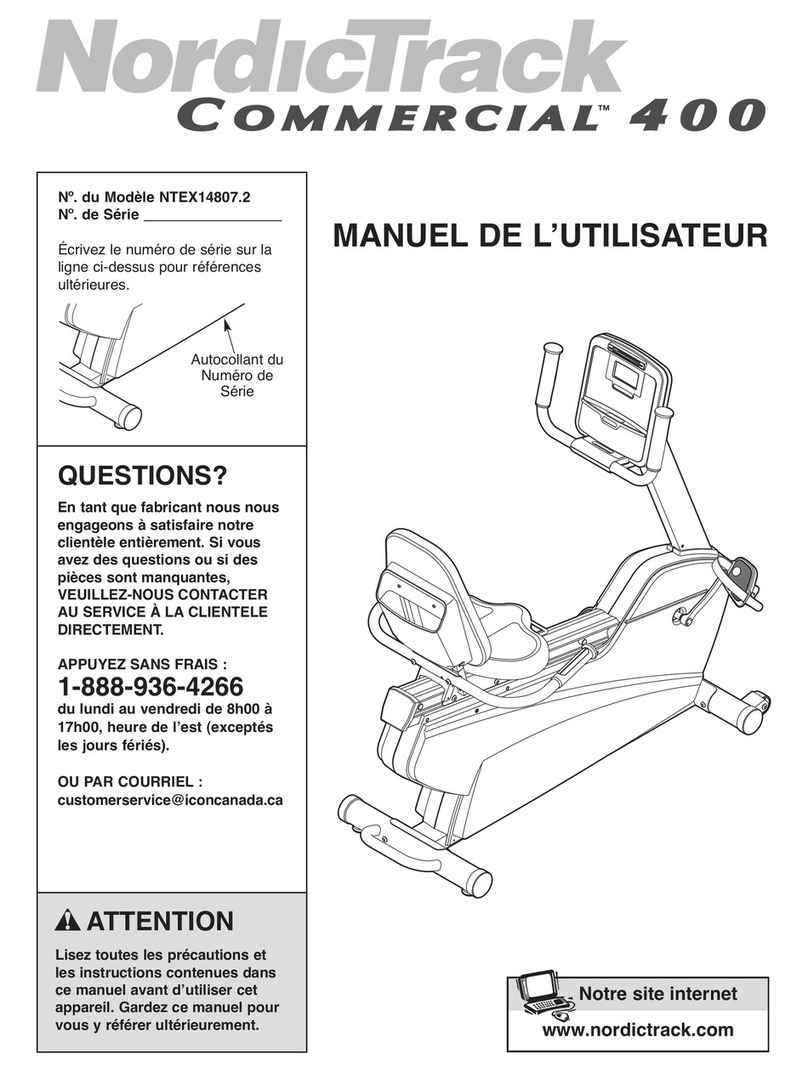
NordicTrack
NordicTrack 400 Bike User manual

NordicTrack
NordicTrack 831.21913.0 User manual
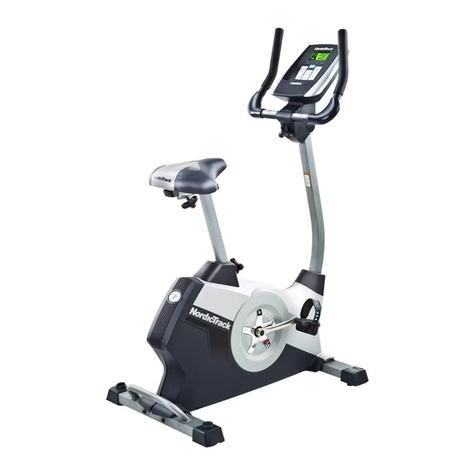
NordicTrack
NordicTrack GX2.0 User manual
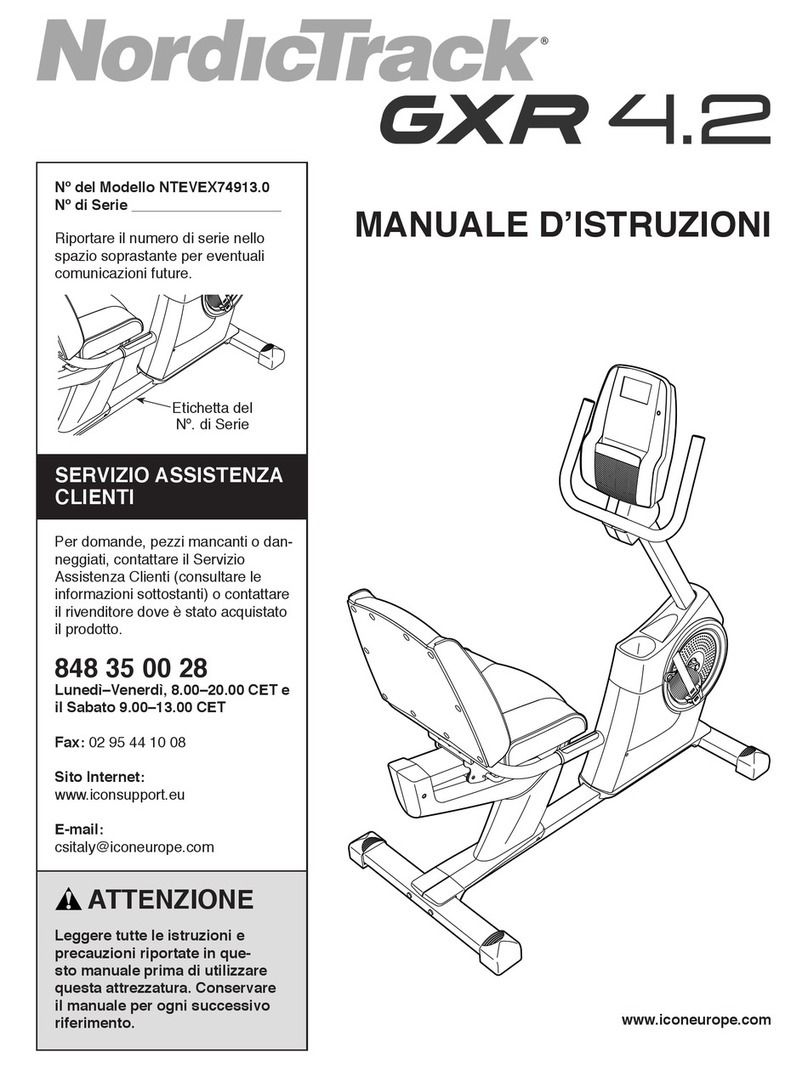
NordicTrack
NordicTrack Gxr 4.2 Bike Operating and maintenance manual


